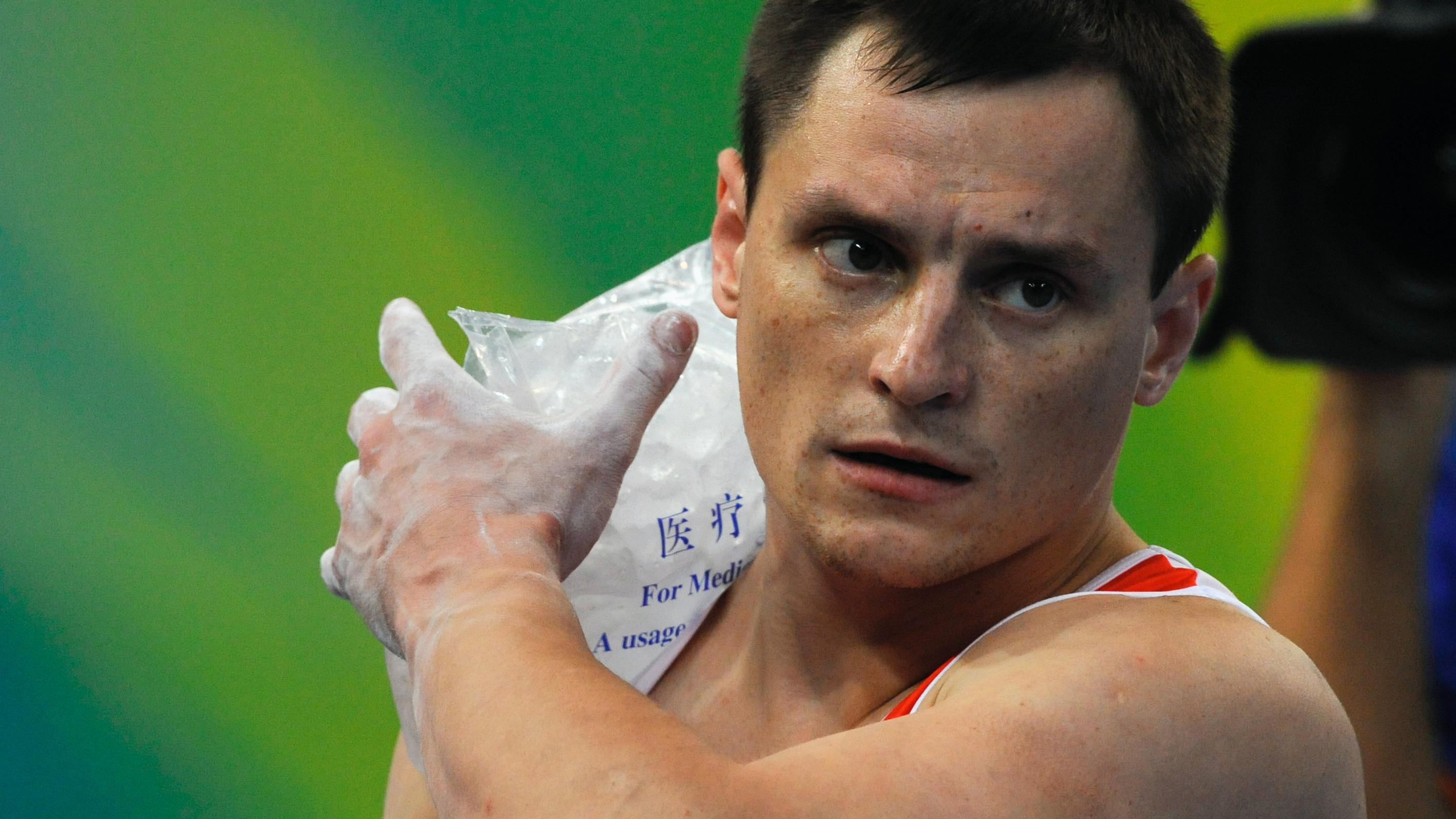First aid for acute injuries in cycling
Cycling is a sport where acute injuries are rare (compared to the risk for overuse injuries). However, be prepared for acute injuries, when you do your dry-land training, as for instance ankle sprains can occur. Also, head injuries and shoulder dislocations can happen when you crash with your bike.

Head injury
When in doubt, call the emergency number immediately.
A head injury must always be taken seriously. When an athlete sustains a head injury, it is important to prioritise first aid: check whether the athlete is conscious, breathing, and whether they have a pulse. At the same time, it is important to support the neck to avoid movements that can lead to paralysis if there is a fracture to the neck. The next thing to consider is whether the athlete can be moved away from the place where the injury happened. If they are conscious and experiencing neck pain, or show signs of displacement or neurological symptoms of spinal cord injuries (immobility or numbness in the arms and legs), they need to be transported on a stretcher with neck support.
If the athlete is unconscious, but breathing, then it should be assumed that there is a neck injury until proven otherwise. However, airways and ventilation should be prioritized over potential back and neck injuries. If there are signs of severe head or neck injury, seek emergency medical care. Whoever has the most medical experience on site should take charge.
Read more about treating concussions here.
Shoulder injury
Stop your activity if you suspect your shoulder is injured. Start PRICE treatment immediately.
Read more about treating acute shoulder injuries here.
Dislocated shoulder
If an athlete is tripped up from behind or falls on an outstretched arm, the shoulder can become dislocated. This is very painful. An authorized health professional can relocate the shoulder. Otherwise, go straight to the emergency room. Whenever you are far away from the hospital it's recommended to try to relocate the shoulder yourself by using this technique: Clasp both your hands around a bent knee, then drive the knee into your hands and away from your torso whilst leaning backwards. X-rays are required to confirm whether the relocation was successful.
Hand or fingers injury
If your hand, wrist or fingers are injured, stop your activity and start PRICE treatment immediately. If your finger is displaced, it could be due to a fracture or a dislocated joint. Go straight to the emergency room.


